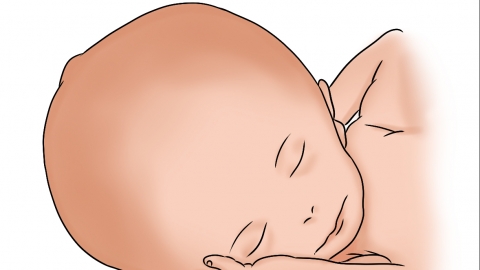What are the complications of tuberculous meningitis?
Generally, tuberculous meningitis is an inflammatory disease caused by Mycobacterium tuberculosis invading the meninges. If not treated promptly or if the condition is poorly controlled, it may lead to various complications, mainly including hydrocephalus, cerebral infarction, neurological dysfunction, epileptic seizures, and infection spread. Detailed analysis is as follows:

1. Hydrocephalus: Tuberculous meningitis causes inflammatory exudation of the meninges, which blocks the cerebrospinal fluid (CSF) circulation pathway, preventing normal reabsorption of CSF and consequently leading to hydrocephalus. Patients may experience worsening headaches, frequent vomiting, blurred vision, unsteady gait, and other symptoms.
2. Cerebral Infarction: Inflammation can affect cerebral blood vessels, causing thickening of the vessel walls, narrowing of the lumen, or even occlusion, which may result in cerebral infarction. Patients may experience limb weakness or paralysis, slurred speech, difficulty swallowing, and other symptoms, with manifestations depending on the location of the infarction.
3. Neurological Dysfunction: Inflammatory stimulation or compression of surrounding neural tissues may lead to various neurological dysfunctions. Common symptoms include facial nerve paralysis, hearing loss, vision impairment, and, in severe cases, abnormal limb sensations or urinary and fecal incontinence.
4. Epileptic Seizures: Meningeal inflammation can interfere with the normal electrical activity of brain tissue, leading to abnormal neuronal discharges and resulting in epileptic seizures. Patients may suddenly lose consciousness, experience limb convulsions, frothing at the mouth, and other symptoms, with seizure frequency and severity varying among individuals.
5. Infection Spread: If Mycobacterium tuberculosis is not effectively controlled, it may spread via the bloodstream or cerebrospinal fluid to other parts of the body, causing tuberculosis infections in other organs such as pulmonary tuberculosis, bone tuberculosis, or renal tuberculosis. Patients may exhibit symptoms specific to the affected area—for example, pulmonary tuberculosis may present with coughing and hemoptysis, while bone tuberculosis may manifest as joint pain and restricted movement—thereby increasing the overall physical burden and prolonging the treatment duration.
For patients with tuberculous meningitis, standardized anti-tuberculosis treatment should be initiated as early as possible. Regular follow-up with cranial imaging and CSF parameter monitoring is necessary to detect and manage complications promptly. In daily care, close observation of the patient's consciousness level, limb movements, and vital signs is required. Assistance with rehabilitation exercises and ensuring balanced nutrition and enhanced immune resistance are essential to reduce the risk of complications and promote recovery.






